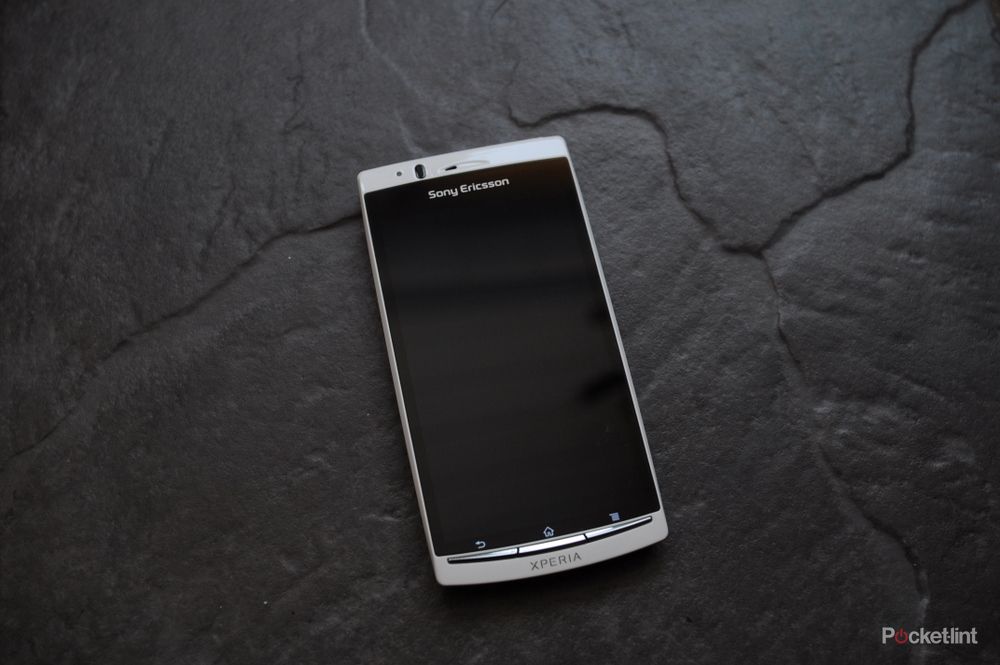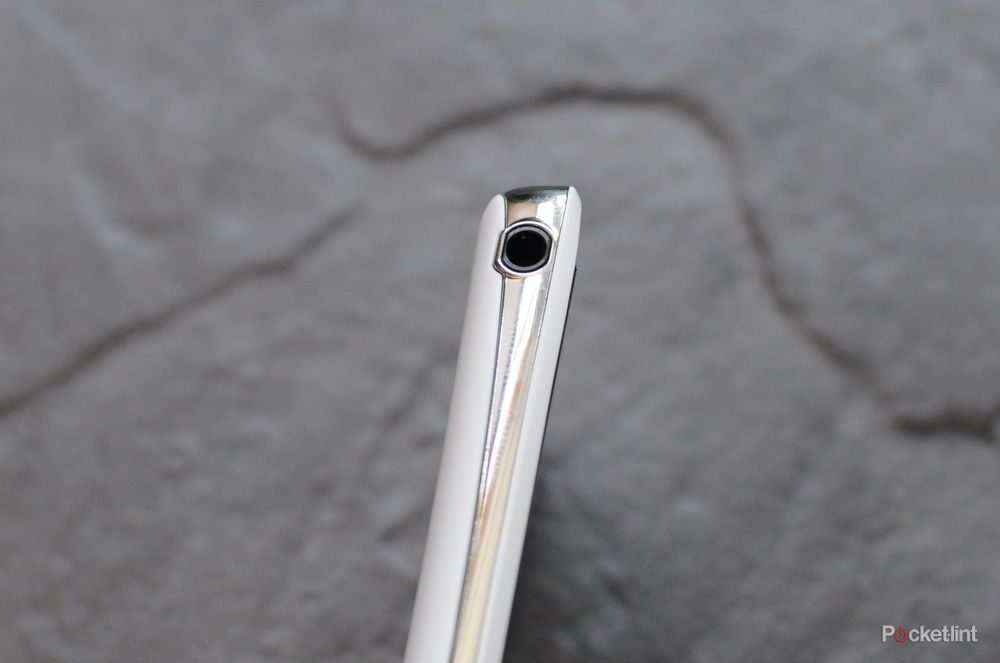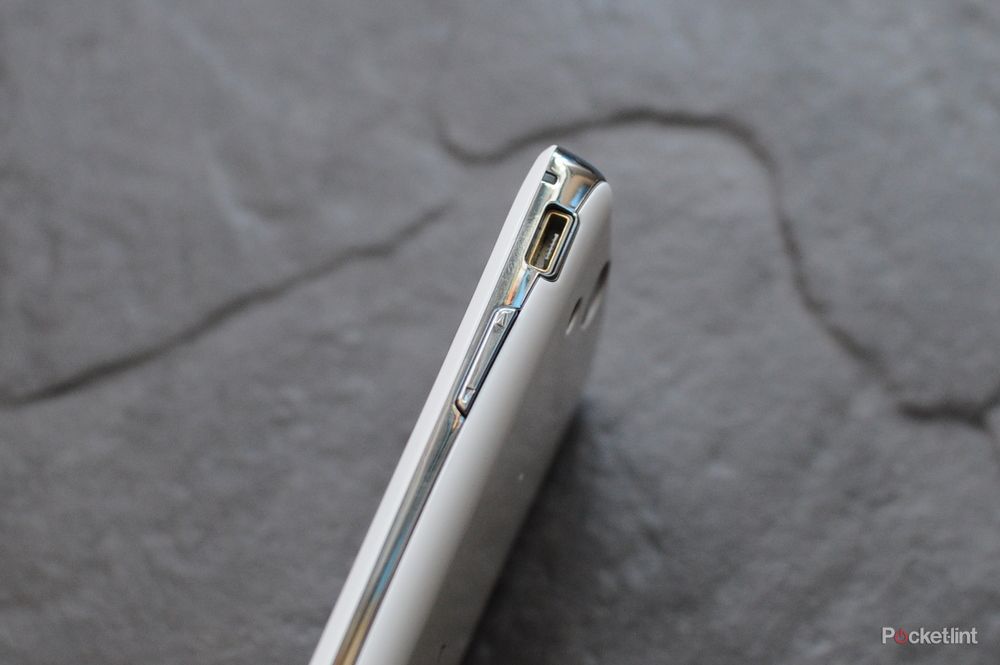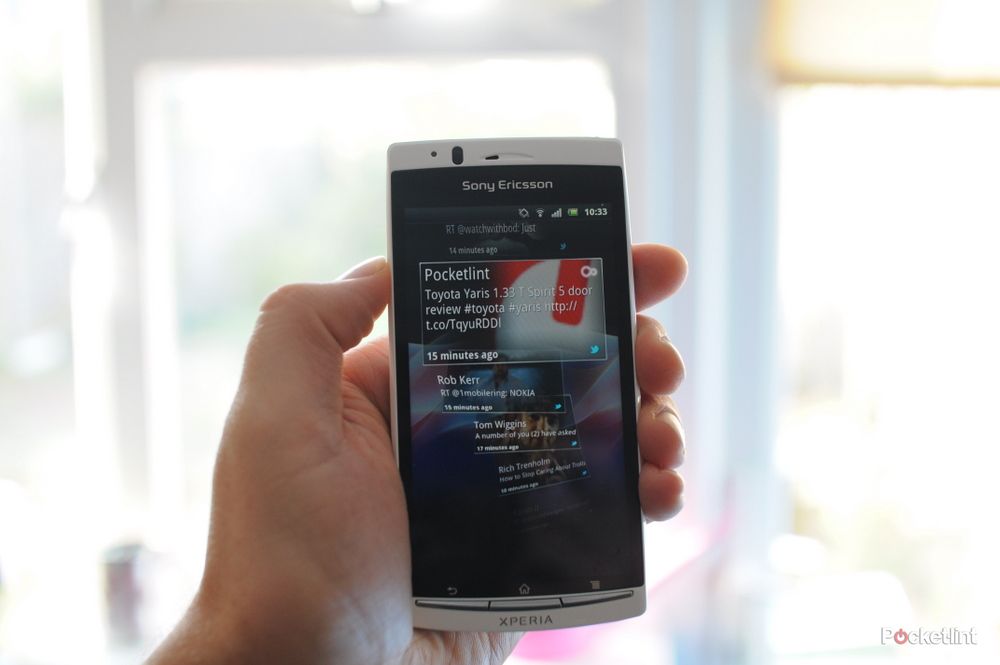Sony Ericsson had something of a critical hit on its hands with Xperia Arc. Here at Pocket-lint, we thought it good enough to earn four stars, and we had only quite minor complaints. And recent days have proved that this is an interesting time for Sony Ericsson, with Sony announcing that it is to buy Ericsson's part of the business.
Our quick take
Before this year, Sony Ericsson was in the wilderness of phones. It had made the move to Android, but was still churning out unimpressive and slightly depressing handsets. Now though, the Ray, Arc and Arc S all offer truly modern mobile functionality, with stunning design and a good range of features.
Sony Ericsson also manages to keep its UI customisations to a low level that doesn't interfere with the day-to-day operation of the phone. There are some niceties that it adds, like a much swisher app tray (at the bottom of the home screens) than the standard Android version.
Battery life is disappointing, but not bad enough for us to suggest you avoid this phone. Sony Ericsson could almost certainly improve this, and one way would be to add an auto-brightness feature. We'd also like to see the camera app improved, and while photos from the phone are good, the slowness of the app is a frustration.
Overall, we like the Arc S a great deal. As Android matures, this phone should improve further if it gets the Ice Cream Sandwich update which will start rolling out to phones in the new year.
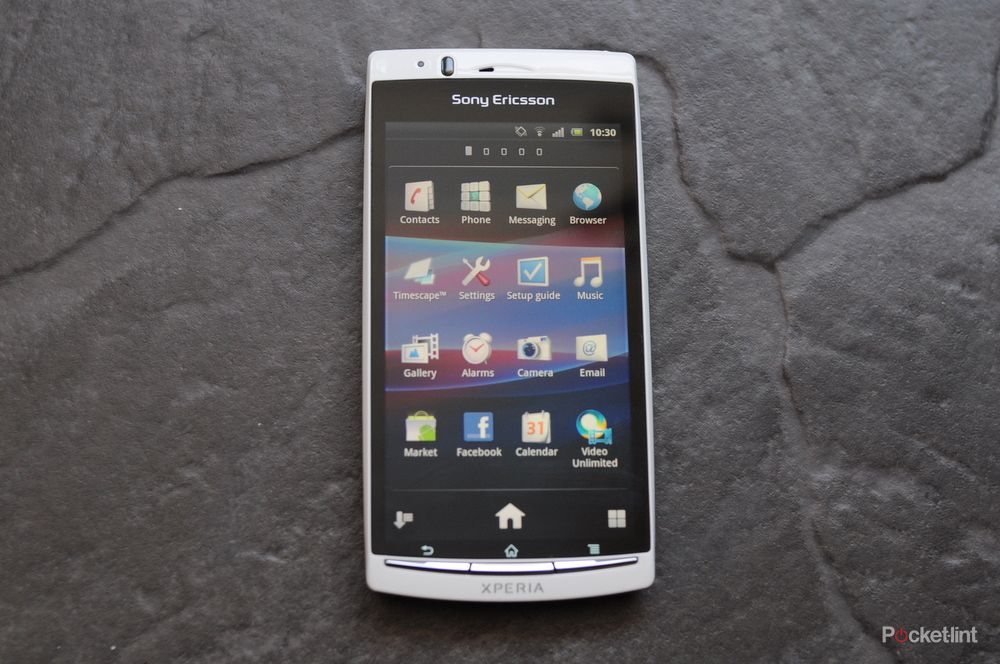
Sony Ericsson Xperia Arc S - 4.0 / 5
| FOR | AGAINST |
|---|---|
|
|
But what of the Arc S? This is a minor hardware revision with some nice improvements over the original Arc. There's a new colour to enjoy, quicker processor and some other tweaked items that should make this phone a much more pleasant experience.
Design
Thin and light seems to be one of the battlegrounds for mobile phones at the moment. The Arc S is impressive as it bows very slightly in the middle, which makes it seem even thinner than it really is. It feels lovely in your hand, with the smooth plastic offering sufficient grip, but while still feeling nice to hold.
Initially, we thought the white colour might bother us, but in fact, it's nice. It also means the phone looks a little different from its predecessor which is also good news.
Connection options are pretty much the standard Android fare. There's a 3.5mm headphone jack located on the left of the phone. This is possibly the worst place you can put a jack, as it can make the phone more bulky, harder to store in a pocket. It's a minor point, and we're certain headphone jacks are dictated by space more than by a conscious decision.
There is also a USB socket, which is located on the right of the device. This, as you might imagine, is used for both charging the phone and transferring data to and from it. Happily, using wires for getting your music onto a phone is slowly being replaced by wireless sync.
Inside, there's a microSD card slot too, for storage up to 32GB. An 8GB card comes with the phone, which isn't bad for storage, but the phone itself has quite modest capacity, and will easily fill up when you install a lot of apps. 8GB also seems a little stingy, especially with 16GB cards costing less than £15 retail. Still, if you need more storage, the low cost of expansion cards means you're not going to have to break the bank. And give thanks that you can just lob more storage in, the same isn't true of all smartphones.
The back of the Arc S is very flimsy, but in-situ this isn't an issue at all. The phone never feels cheap or like it can't cope with day-to-day use. Impressive, considering it only weighs 117g (the same as the original Arc).
Winning specification
The actual hardware differences between the Arc and the Arc S are fairly modest. There's an increase in processor speed, from 1GHz up to 1.4GHz, RAM stays the same at 512MB though, and that's still on the low side for a modern Android handset. Storage has been increased to 1GB, but users will only really be able to make use of 320MB of that, once the OS and apps have been taken into account.
There is also a substantial increase in the potential maximum download speed over HSPA networks. This previously stood at 7.2Mbps, and has now been boosted to 14.4Mbps. It's nice in theory, but you'll never really see download speeds that quick.
Camera
Images from the 8-megapixel built-in camera are a little variable. Shoot outside, in good light, with the sun behind you, and you'll get a fantastic, rich and detailed shot with lovely, accurate colours.
Shoot with the sun toward you, and this little snapper can struggle with light shades of banding across images. It's something that looks worse on the final image, when moved off the camera on to your computer too, so could cause some problems if you're trying to use the Arc for anything serious.
Low light performance is also not great. There is a lot of image noise and the LED light is usually either too bright and washes the image out, or too weak to illuminate a larger area. In fairness, camera phones are rarely brilliant in low light, so we're not hugely surprised by the Arc S here.
What's slightly more irritating is that the camera app is slow, and sometimes we couldn't make it take a photo, or record a video. There is no explanation on the device as to why this is, it just won't take the photo, and that's hugely frustrating.
Video mode, in particular is frustrating. To get to it, you swipe a little icon at the bottom of the photo app. But once ready to record, you have to press the tiny and badly-located shutter button. Often we found recording wouldn't start, and we had to keep pressing the key to get it going. Video quality once you're up-and-running is decent, but low light performance isn't the best, and the on-board LED is no help really. You're also stuck with fixed focus, focus locked to infinity, or face detection when recording. This tends to lead to video that looks more soft than it should, especially indoors.
iTunes alternative
The Arc S has both the Music and Video Unlimited services. As you might imagine, these are separate stores that do much the same as iTunes. The problem that this is a lot more fragmented than iTunes is. And if you factor in the separate Sony app and game stores, it takes the places you have to buy content up to five. That's a lot of faffing for something for something that should really come from one central store. Android Market is bringing its own services to bear more rapidly now, so we suspect that some of these points of differentiation will be trumped by simpler pricing and access.
There's also a DLNA application called "Connected Devices" which allows you to stream video and music from the phone to your computer. In that way, it's a little bit like Apple's AirPlay, and you can access your whole library from Windows Media Player or other DLNA device. It's actually quite simple to use, although the playback device names can be a little unfriendly at times. Even so, we had music streaming from our phone to computer in just a few minutes, once we'd given the correct permissions to both.
Display
The large, 854 x 480 pixel, 4.2-inch screen on the Arc S is very nice indeed. It really fills the phone, and the bezel is impressively thin. What this means is that you get a device that looks very cool when the screen is off, and even more impressive once it's turned on.
Sony Ericsson has also mounted it very close to the glass surface which protects the panel. As a result, the image appears right on the surface with which you interact. This might seem like a minor point, but compare this phone to an older Android handset, like Motorola's Milestone 2, and you'll see how much more impressive it is to have a close-mounted screen.
While not as detailed as some phones, we never had a problem with the Sony's performance. There's Bravia Engine too, which claims to improve the quality of still photos and video using the company's expertise learned from LCD televisions.
It's certainly fair to say that the display does a good job with photos and video. In fact, using the camera is easier because the display is so accurate that it means the photo you see previewed is very similar to the one you end up seeing on your TV or computer later on.
One important thing to note. The display doesn't have an auto-brightness option in the display menu. We don't know why this is, but we did notice that the screen needed to be adjusted manually in very bright conditions. In fact, not having auto-brightness was less of a problem than we thought it would be, but we can't help think it might contribute to excessive battery drain.
Some signal problems
We noticed one slight fault in our extensive test of the signal received by the cellular radio in the Arc S was very susceptible to "holding it wrong" the phenomenon first mentioned by Apple's Steve Jobs. Grip the Arc S around the bottom of the phone, and the signal will often drop substantially. Do this in a marginal signal area, and you'll see the phone go offline.
Interstingly, this never seemed to affect calls, but we did have some problems where the phone thought there was no data network. In fact, usually, as it told us that, the signal would return and we could carry on browsing.
Battery life
The Arc S has the same battery as its predecessor. Sony Ericsson claims that the battery life is increased however, even in spite of the new, faster processor.
Claims aside, in reality the battery life is a little disappointing. Go out for the whole day for work, leaving the house at 8am and getting back at 7pm and you'll see the battery die a few hours later, and that's with modest use. We are used to phones not lasting more than a day, but the Arc S is disappointing even considering that.
Of course, USB charging means you can top it up wherever you are, with relative ease. Even so, we'd like to see a capacity of over 1500mAh, which would give the phone a little boost. It's worth pointing out that the divine Xperia Ray has the same capacity battery, in a handset around half the size of the Arc S.
To recap
All-in-all, a lovely phone. It's no a huge upgrade to the Arc, but the faster processor and faster HSPA download speeds might appeal, and it's always worth getting an upgraded phone when you're being tied into a long contract. We just wish the battery life was better.

